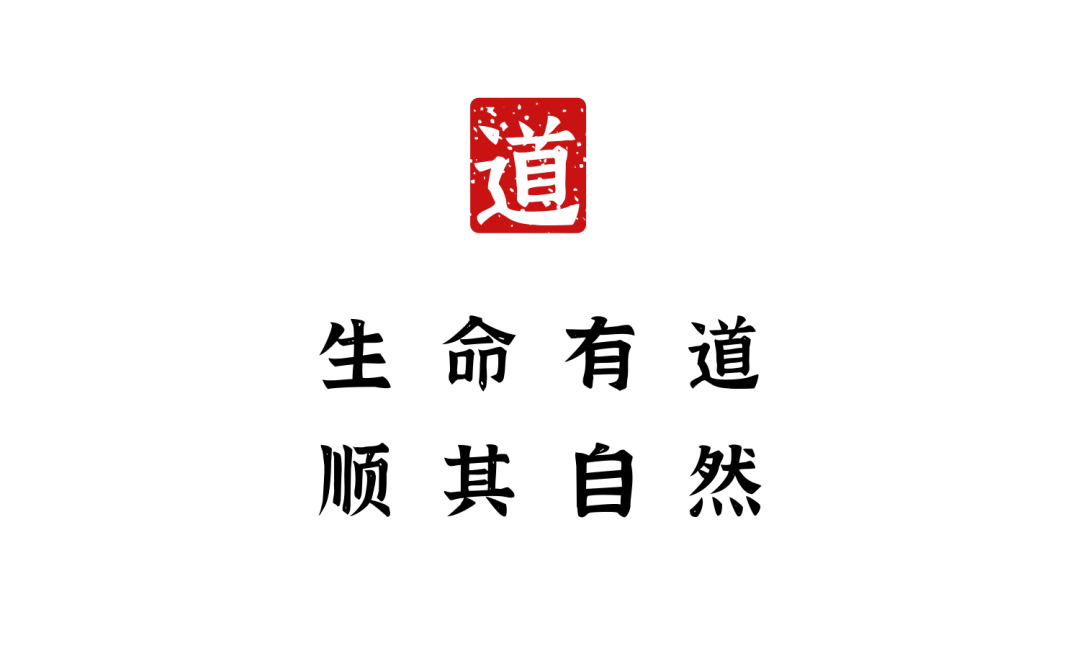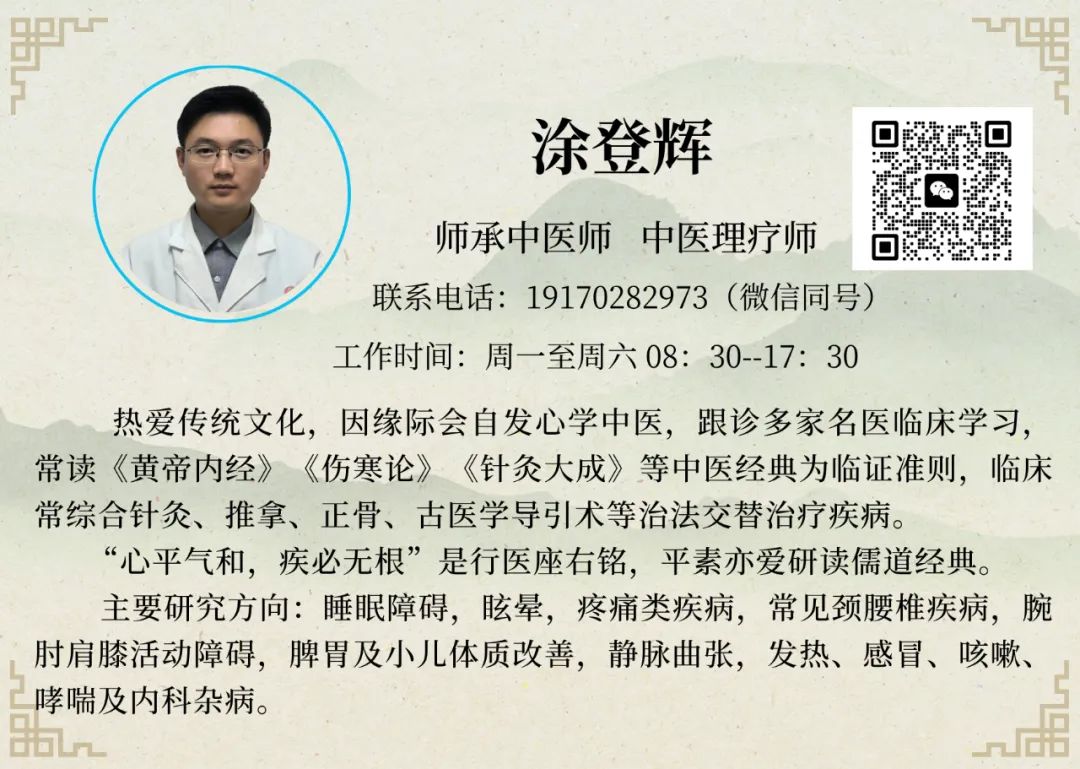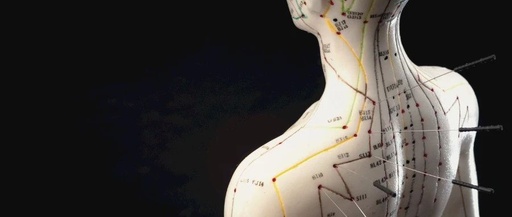
The Concept and Composition of the Eight Meeting Points
The Eight Meeting Points are eight specific acupuncture points that connect the Eight Extraordinary Meridians with the twelve regular meridians, also known as “Jiao Jing Ba Xue” (交经八穴) or “Liu Zhu Ba Xue” (流注八穴).First recorded in the Yuan Dynasty by Dou Hanqing in “Zhenjing Zhinan”, it was later summarized in verse by Liu Chun in the Ming Dynasty in “Yijing Xiaoxue”: “Gong Sun (公孙) connects to the Chong Meridian (冲脉) for stomach and heart issues; Nei Guan (内关) connects to the Yin Wei Meridian (阴维) for all related conditions; Lin Qi (临泣) connects to the Gallbladder Meridian (胆经) and the Dai Meridian (带脉); Yang Wei (阳维) connects to the eyes at Wai Guan (外关); Hou Xi (后溪) connects to the Du Meridian (督脉) and the neck; Shen Mai (申脉) connects to the Yang Qiao Meridian (阳跷) as well; Lie Que (列缺) connects to the Ren Meridian (任脉) and the lung system; and Zhao Hai (照海) connects to the throat and the diaphragm.”The distribution pattern is as follows: there are four points on each wrist and ankle, each point corresponding to one of the Eight Extraordinary Meridians, which include Ren (任), Du (督), Chong (冲), Dai (带), Yin Wei (阴维), Yang Wei (阳维), Yin Qiao (阴跷), and Yang Qiao (阳跷).Theoretical Basis and Point Pairing PrinciplesThe “meeting” of the Eight Meeting Points does not refer to a direct intersection of meridians, but rather the connection through the associated meridians and the relationship with the Eight Extraordinary Meridians to achieve the mutual flow of Qi and blood.For example, Gong Sun (公孙) from the Spleen Meridian (足太阴脾经) connects to the Chong Meridian (冲脉), and Nei Guan (内关) from the Pericardium Meridian (手厥阴心包经) connects to the Yin Wei Meridian (阴维脉). These two points are linked through the Spleen, Stomach, and Kidney meridians, collectively regulating the Qi mechanism of the stomach, heart, and chest.Li Ting in the Ming Dynasty stated in “Yixue Rumen”: “All 360 points of the body are unified in the 66 points of the hands and feet, and these 66 points are further unified in the eight points,” emphasizing their pivotal role.Clinical Application Characteristics
1. Gong Sun (公孙) (Spleen Meridian, connects to Chong Meridian) Indications: Stomach pain, vomiting, abdominal pain, diarrhea, and other gastrointestinal diseases; irritability, insomnia, mania, and other mental disorders; counterflow Qi (such as rebellious Qi); edema, jaundice, and other conditions of Spleen dysfunction; irregular menstruation, dysmenorrhea, and other gynecological issues.
Basis: Connects to the Chong Meridian, regulates the Qi mechanism of the Spleen and Stomach, and also adjusts the Ren and Du meridians.
2. Nei Guan (内关) (Pericardium Meridian, connects to Yin Wei Meridian) Indications: Angina, palpitations, chest tightness, and other heart and chest diseases; headaches, red and swollen eyes, and other ocular diseases; morning sickness, menstrual pain, and other gynecological issues; diarrhea, hiccups, and other gastrointestinal diseases; pain in the hypochondrium and upper limb numbness.
Basis: Connects to the Yin Wei Meridian, opens the chest and regulates Qi, and also harmonizes blood and Qi.
3. Lie Que (列缺) (Lung Meridian, connects to Ren Meridian) Indications: Cough, asthma, sore throat, and other lung-related diseases; headaches, neck stiffness, facial asymmetry, and other head and neck disorders; urticaria, edema, and other skin and fluid metabolism diseases; hematuria, and urinary difficulties.
Basis: Connects to the Ren Meridian, disperses the lungs and benefits the throat, and also regulates the Large Intestine Meridian Qi.
4. Zhao Hai (照海) (Kidney Meridian, connects to Yin Qiao Meridian) Indications: Dry throat, sore throat, loss of voice, insomnia, and other mental and ocular diseases; frequent urination, irregular menstruation, dysmenorrhea, and other urogenital issues; lower limb weakness, and lumbar and knee pain.
Basis: Connects to the Yin Qiao Meridian, nourishes the kidneys and benefits essence, and also regulates the liver and kidneys.
5. Wai Guan (外关) (Triple Warmer Meridian, connects to Yang Wei Meridian) Indications: Headaches, red and swollen eyes, tinnitus, and other head and facial diseases; febrile diseases, colds, and other external diseases; pain in the hypochondrium and upper limb numbness; hypertension.
Basis: Connects to the Yang Wei Meridian, disperses wind and clears heat, and also opens the channels and alleviates pain.
6. Zu Lin Qi (足临泣) (Gallbladder Meridian, connects to Dai Meridian) Indications: Headaches, pain in the outer canthus, pain in the hypochondrium; breast abscess, irregular menstruation, and other gynecological issues; malaria, hemiplegia; systemic pain, and bi syndrome.
Basis: Connects to the Dai Meridian, clears the liver and benefits the gallbladder, and also regulates Qi and blood.
7. Hou Xi (后溪) (Small Intestine Meridian, connects to Du Meridian) Indications: Stiff neck, back pain, finger cramps; mania, hysteria, and other mental disorders; colds, malaria; jaundice, and hematuria.
Basis: Connects to the Du Meridian, opens the channels and collaterals, and also clears heart fire.
8. Shen Mai (申脉) (Bladder Meridian, connects to Yang Qiao Meridian) Indications: Headaches, dizziness, lumbar and leg pain; insomnia, epilepsy, and other mental disorders; wind-cold-damp bi syndrome, and post-stroke sequelae.
Basis: Connects to the Yang Qiao Meridian, relaxes the muscles and opens the collaterals, and also regulates Yang Qi.
9. Point Pairing
- Gong Sun + Nei Guan: Regulates stomach and heart diseases, such as stomach pain and palpitations. Gong Sun descends the counterflow Qi of the Chong Meridian, while Nei Guan opens the chest and regulates Qi, jointly treating conditions above and below the diaphragm.
- Wai Guan + Zu Lin Qi: Treats migraines and ear diseases. Wai Guan (Yang Wei Meridian) addresses external headaches, while Zu Lin Qi (Dai Meridian) addresses internal neck pain, treating both exterior and interior.
- Shen Mai + Hou Xi: Alleviates stiff neck pain and inner canthus disorders. Hou Xi connects to the Du Meridian to treat neck issues, while Shen Mai connects to the Yang Qiao to adjust ocular disorders, collaboratively opening both superficial and deep muscle layers.
The Eight Meeting Points, with their characteristic of “one point connecting multiple meridians,” become a core tool in acupuncture for harmonizing Qi and blood, balancing Yin and Yang.Their pairing can be used for single-point treatment or point pairing for differentiated treatment, combined with the Ling Gui Eight Methods to further highlight the temporal and spatial therapeutic wonders.As stated in the “Biao You Fu”: “Yang Qiao, Yang Wei, and Du Dai, govern diseases of the shoulder, back, waist, and legs,” their clinical value has been fully validated in historical medical cases.




